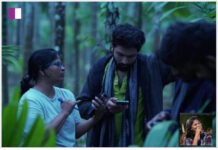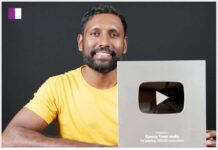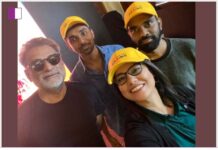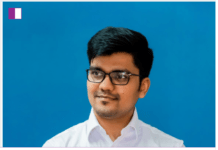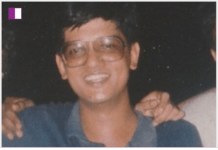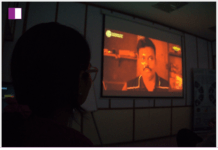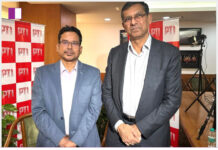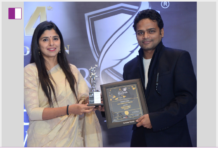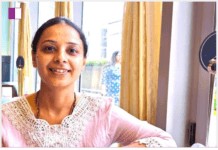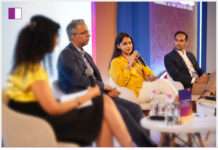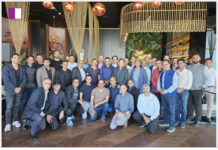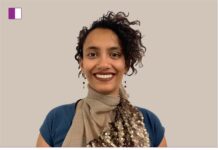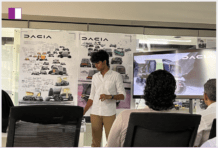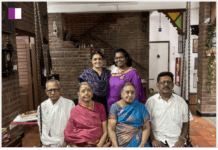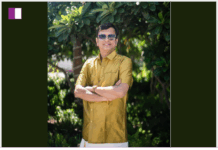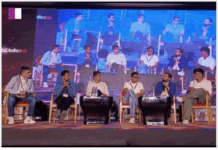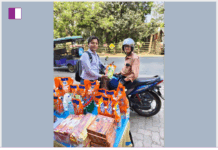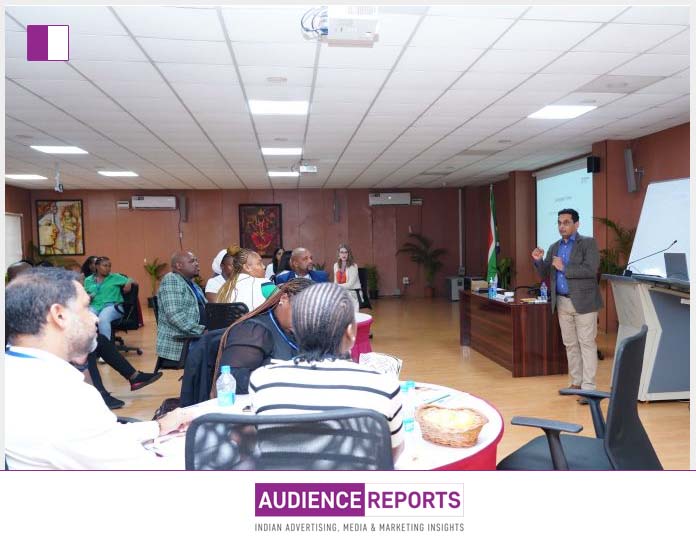Shashidhar Nanjundaiah, a distinguished Media and Communication Educator, Columnist, Editor, and Board Member, recently shared an enriching experience on his LinkedIn post. He recounted his involvement in a training program titled “Journalism and Public Relations for Officers from South Africa,” organized under the Indian Technical and Economic Cooperation (ITEC) sponsored by the Government of India’s Ministry of External Affairs. Shashidhar Nanjundaiah’s insightful reflections offer a glimpse into the transformative power of education and cross-cultural exchange in shaping communicative societies.
As Shashidhar Nanjundaiah delves into the intricacies of the training program, he highlights the diversity and depth of the themes covered. From discussing the forms of journalistic media to exploring the construction of a new communicative society, the program provided a platform for meaningful dialogue and exchange of ideas. Shashidhar Nanjundaiah’s role as a co-curator and facilitator underscores his commitment to fostering intellectual discourse and critical thinking among participants.
One of the key challenges Shashidhar Nanjundaiah faced during the program was bridging the gap between different media landscapes and press freedom rankings. Coming from a country with a lower press freedom ranking compared to South Africa, Shashidhar Nanjundaiah recognized the importance of providing a conceptual grounding to set the direction for the program. Through thought-provoking discussions on media expectations and the evolving role of the media prosumer, Shashidhar Nanjundaiah engaged participants in exploring the nuances of media practice and societal perceptions.
Despite the diverse backgrounds and experiences of the participants, Shashidhar Nanjundaiah found himself enriched by the interactions and insights shared during the sessions. He acknowledges the vibrant and eager-to-learn nature of the delegates, who brought a wealth of knowledge and perspectives to the table. As much as he imparted knowledge and facilitated discussions, Shashidhar Nanjundaiah acknowledges that he walked away from the program with valuable ideas and directions to explore further.
Reflecting on the program, Shashidhar Nanjundaiah emphasizes the importance of continuous learning and intellectual curiosity in the field of media and communication. He hints at the possibility of further exploration through scholarly papers, indicating his commitment to advancing knowledge and scholarship in the domain. Shashidhar Nanjundaiah’s post serves as a testament to the transformative potential of educational initiatives in fostering cross-cultural understanding and shaping communicative societies grounded in shared values and principles.
Shashidhar Nanjundaiah’s involvement in the training program exemplifies his dedication to nurturing communicative societies through education and dialogue. His role as a co-curator and facilitator underscores his commitment to fostering critical thinking and intellectual exchange among participants from diverse backgrounds. As he reflects on the program, Shashidhar Nanjundaiah’s post inspires a deeper appreciation for the power of education in shaping media landscapes and societal perceptions. Through his insightful reflections, Shashidhar Nanjundaiah invites readers to engage in meaningful dialogue and exploration of pressing issues in media and communication.

